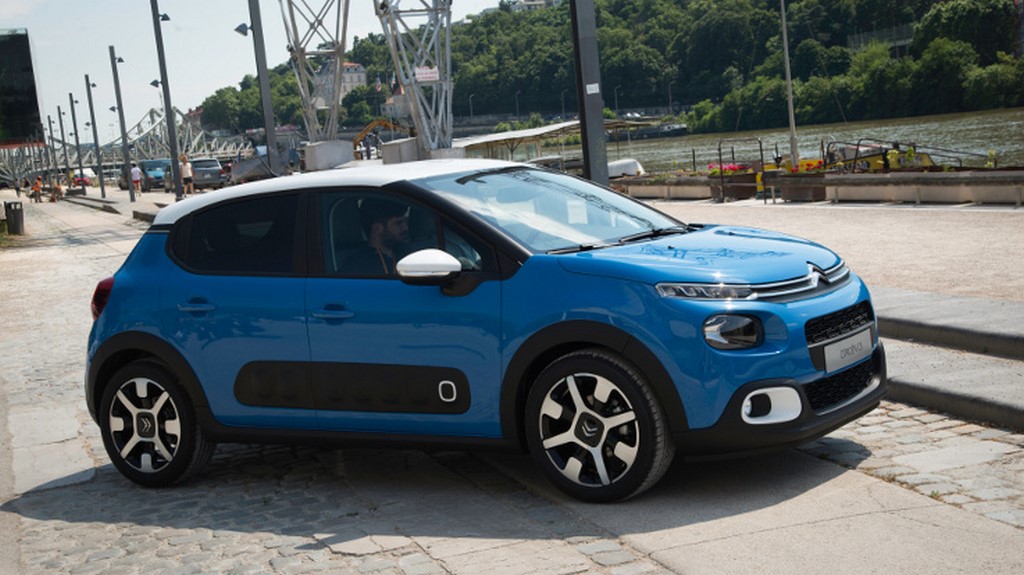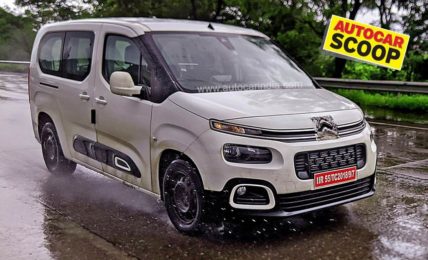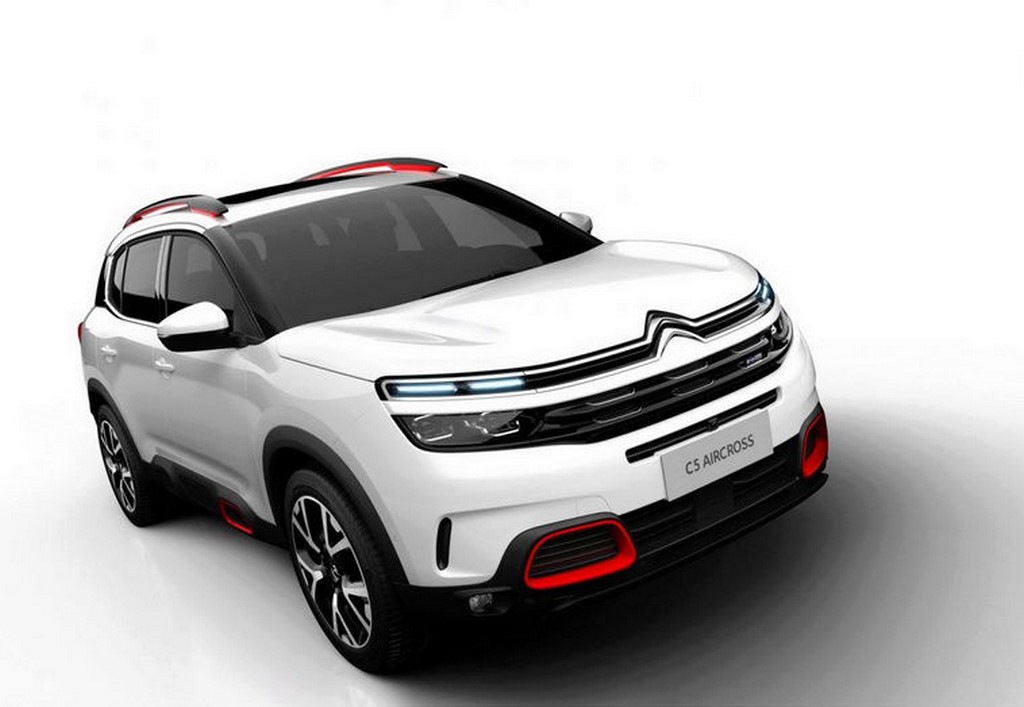A couple of weeks ago, Stellantis, the company behind Citroen, Jeep and other big brands, came to IIT Madras and organised a cost optimisation hackathon.
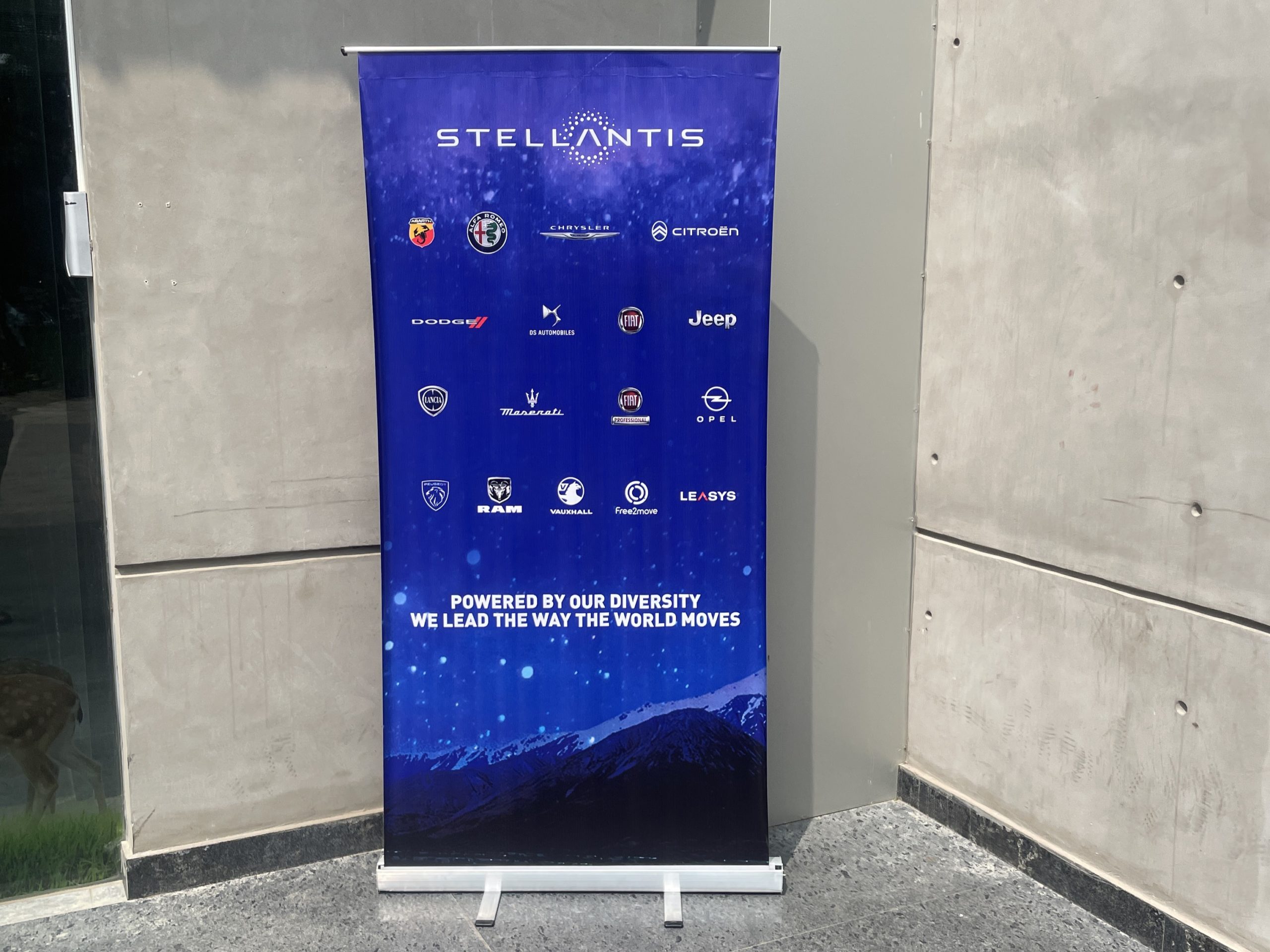
Automotive companies organising some form of hackathons at colleges is not a big thing. However, the sheer scale at which this was conducted motivated me to write this article!
Stellantis basically tore apart 5 cars (including competitors), sorted the parts according to verticals like engine, suspension, interiors etc., installed respective engineers at each station, and essentially allowed us to ask them anything!
I had the opportunity to spend an entire day with these people and talk to them at length about some of the design decisions they made, as well as come to appreciate the constant tug-of-war they face between cost and identity when it comes to building a car for this segment. It is not easy!
For someone who is pretty invested in the Indian car industry, this was a great experience that I felt was worth sharing!
I will list some interesting details that I felt were very insightful into how much thought goes into making a car for the masses, and the engineering that is required to pull it off!
I also will round off with a small discussion on Citroen’s position in India. Their problem statement is wildly different from someone like Tata/Maruti, despite them producing similar cars for the same target audience.
Note: This article will be pretty nerdy and heavy on tech details, if you are just interested in the big picture, skip to page 2!
The Setup
A bit of a brief of this hackathon, Stellantis wanted ideas from the student community of IIT Madras to minimise cost in the production of their high volume offerings, i.e the C3 lineup (eC3, C3 Aircross and the C3).
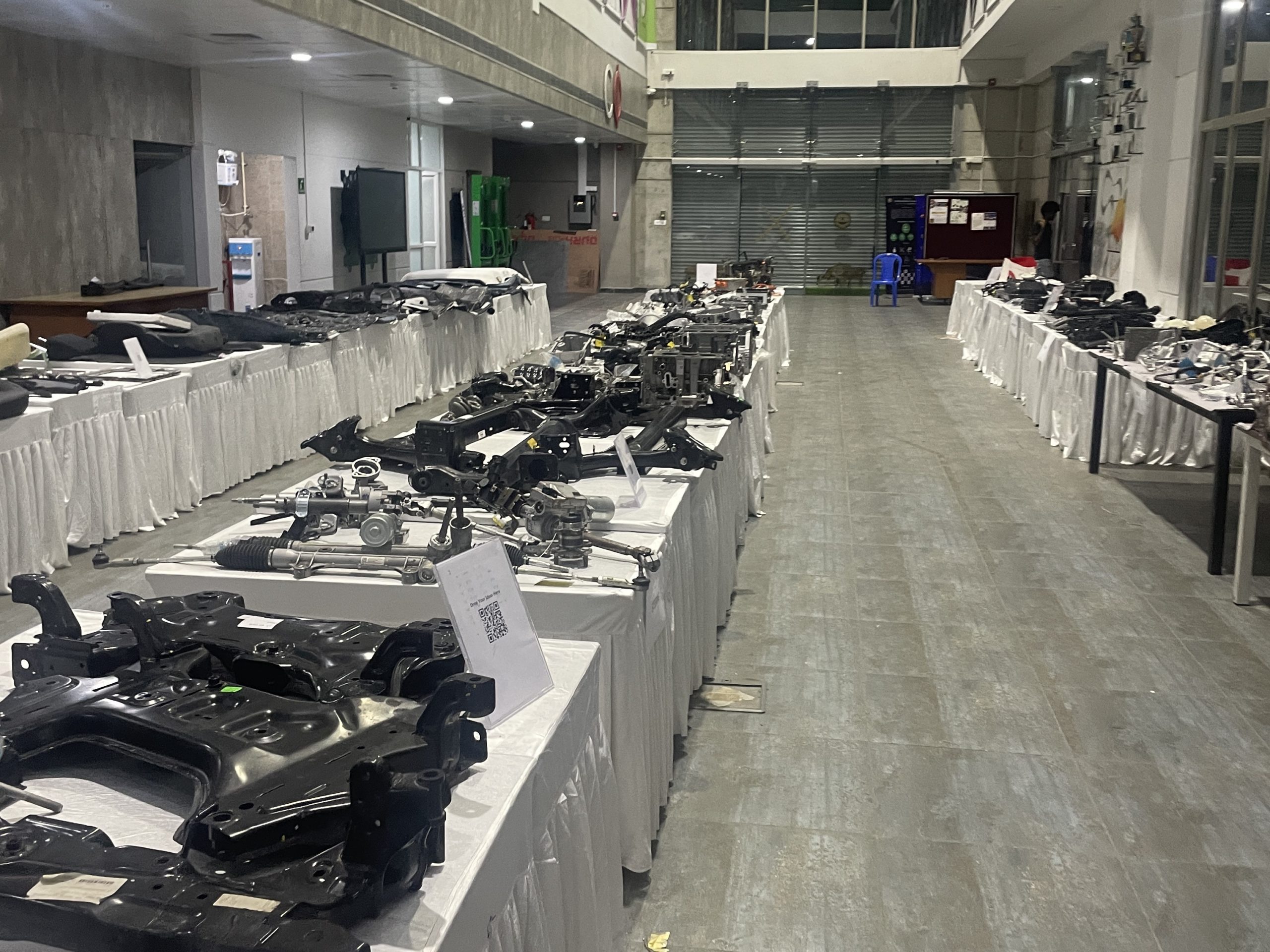
Most of the parts on display are from the C3, the Aircross and, surprisingly, the Tata Punch!
It turns out that there is an entire company, A2mac1, that specialises in automotive benchmarking. Apart from other services, they tear up models for each company to look into the others’ innovations. They built the entire setup you see above at IITM. So I even saw parts from the Maruti Baleno and other models here and there. However, the primary focus was on the Citroen C3, eC3, C3 Aircross and the Tata Punch.
The sections were divided mainly into interior, exterior and the internals. There were engine blocks, pistons, gearboxes, suspension arms, fuel tanks, radiators, alternators, bumpers, seats, lights, infotainment, electric motors, brake rotors, and almost every other part on display.
With that in mind, I will list some exciting details and the thought processes associated with them. The consistent theme you should remember here is frugal engineering!
Why doesn’t the rear centre passenger get a headrest?
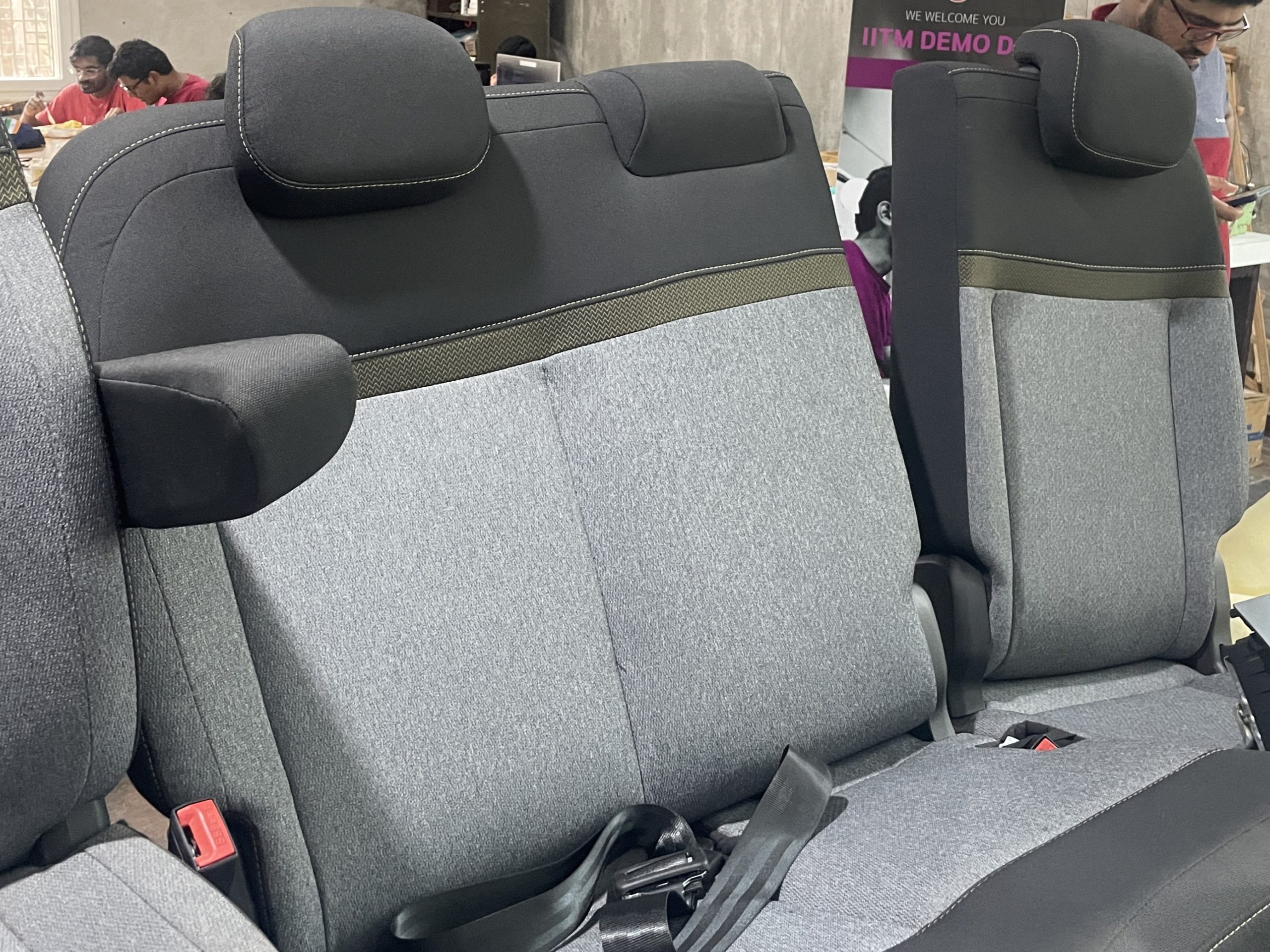
It’s very common to see the 5th seat in a 5-seater car not get a headrest, with Faisal quoting, “the centre passenger does not get a head” in almost every such instance in his reviews.
Turns out that a little headrest costs around Rs. 750-1000 a piece. Now, that might not seem like a lot. However, when you produce tens of thousands of units yearly, the savings stack up.
Think about it: the headrest alone has metal rails (that have to be strong enough to support impact, so they’re usually strong steel), foam, stitching, and slotting to go into the parent bench. So, if consumer research suggests that the centre seat is not used most of the time, money could be diverted to someplace else where it holds more value to the customer. Realistically speaking, that also makes sense.
I would say the lack of width and the gearbox hump in the centre seat is more painful than the lack of a headrest. Nonetheless, you can see Citroen has cutely stitched a mini-headrest into the rear bench as some form of consolation.
Variant Wise Insulation!
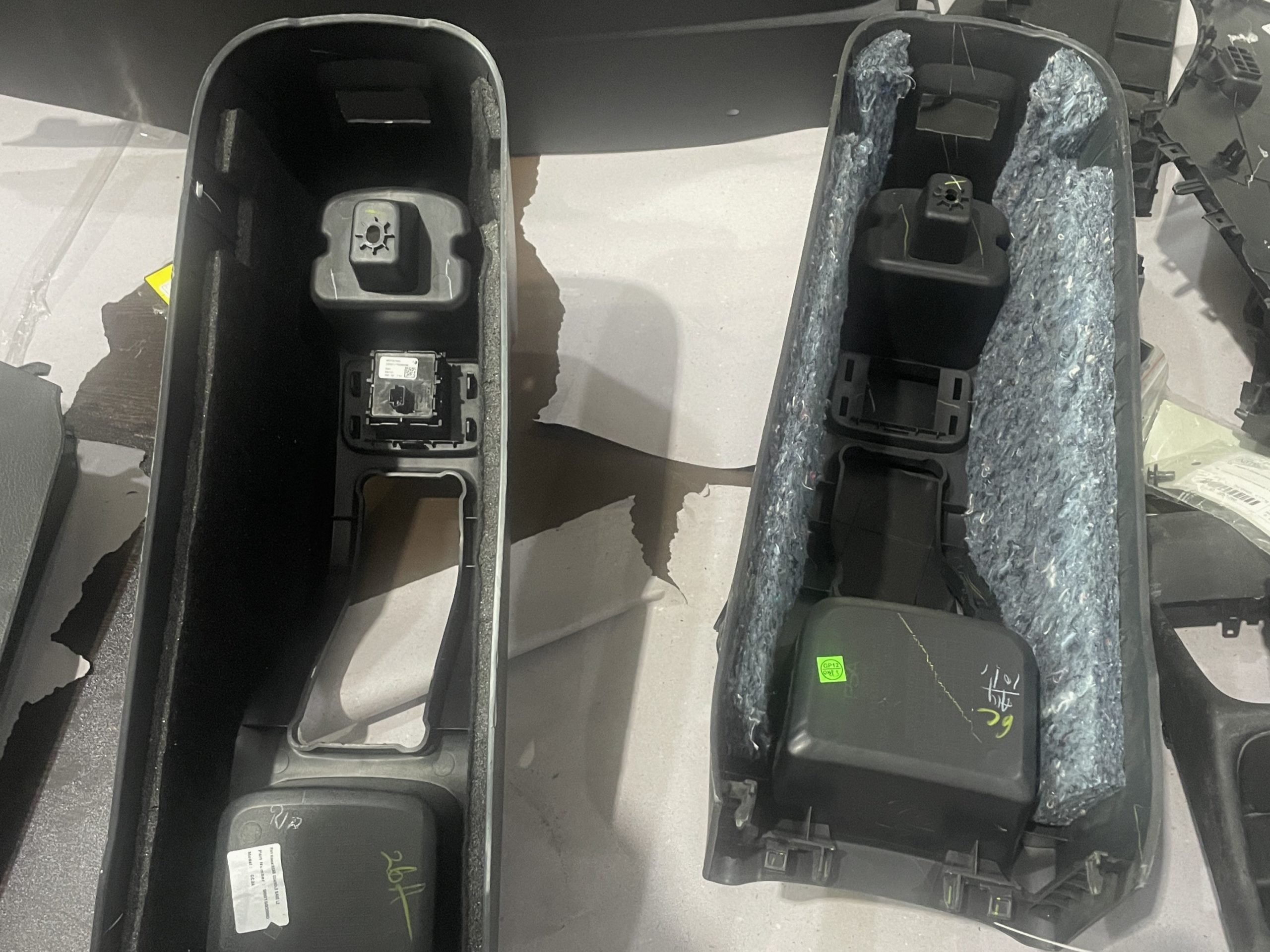
Another very interesting thing I learnt Citroen and other brands were doing is changing up the foam insulation depending on the variant of the car.
So, almost all interiors have foam insulation attached to dampen the vibrations coming in from the road and under the hood. In this segment, having a 3-cylinder engine also means that NVH damping should be good, as 3-cylinder engines vibrate quite a bit.
There are various types of foams the industry uses to achieve this. PU foam (polyurethane foam) is the most common one and is used in seating for similar reasons. However, PU foam is expensive, and so for lower variants, where cost optimisation is more critical, the PU foam is switched out for recycled foam.
You can even see that the recycled foam is thicker than the PU foam, as its damping capabilities are lesser than PU, so the engineers have run tests to determine the thickness that achieves similar results.
This part houses the handbrake, the rear window switches and the rear cup holder, so it sits right above the gearbox.
Dome Light Engineering!
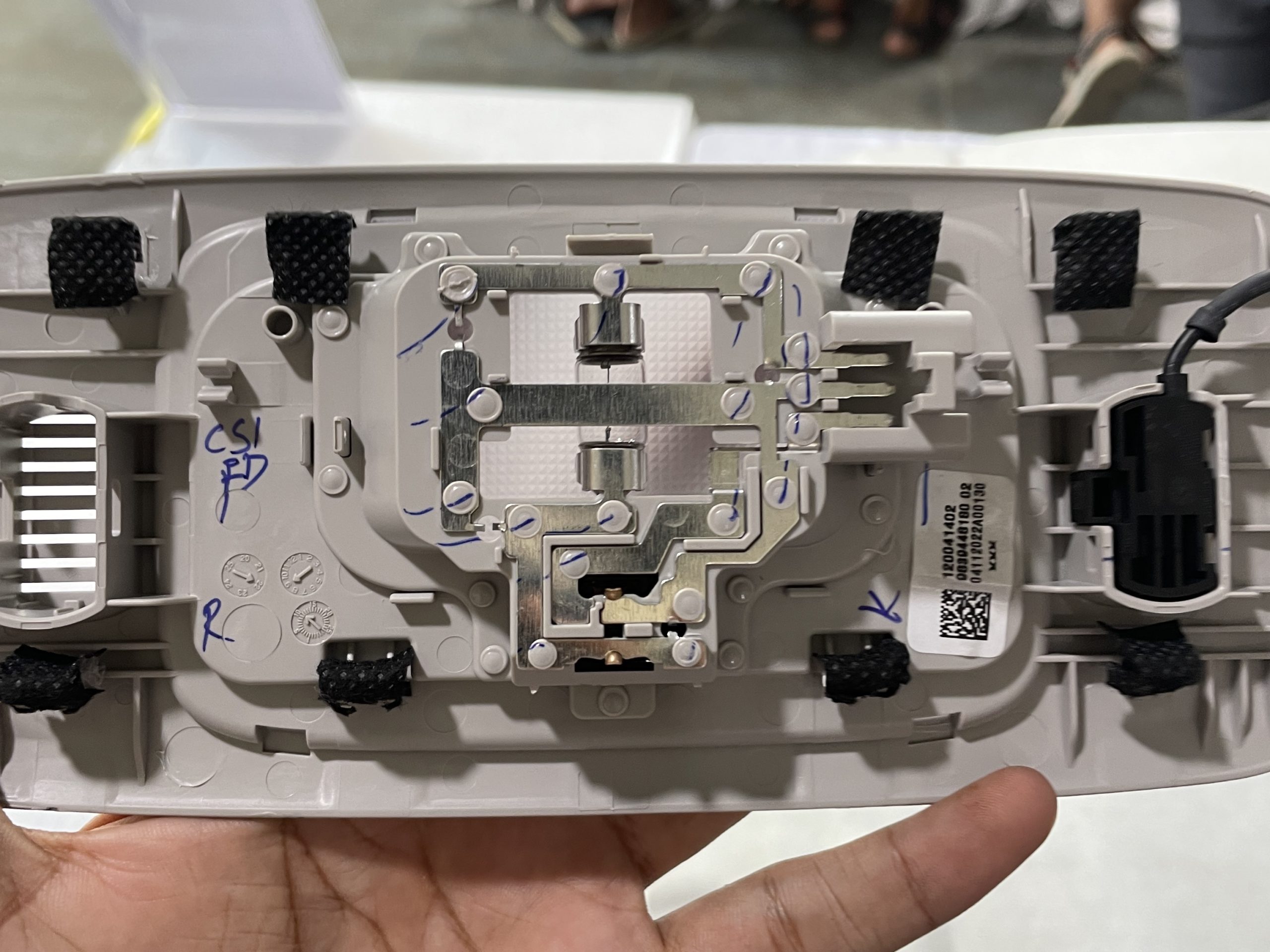
There is not much to learn or explain here, but have you ever wondered how the dome lights have 3 settings: Off, On and Door warning?
Turns out it’s just 3 simple metal plates. At the first setting, the switch completes the circuit by itself, and so your light turns on. At the rightmost setting, you can see the switch rests on plastic, breaking the circuit.
The middle setting is an interesting one. Looks like there is a sensor that plugs into the 3 prongs towards the right and acts like some sort of a transistor, completing the circuit when one of the doors is open.
Anyway, the main thing is that this entire setup costs so little yet is so effective; neat!
Headlights, Taillights and DRLs
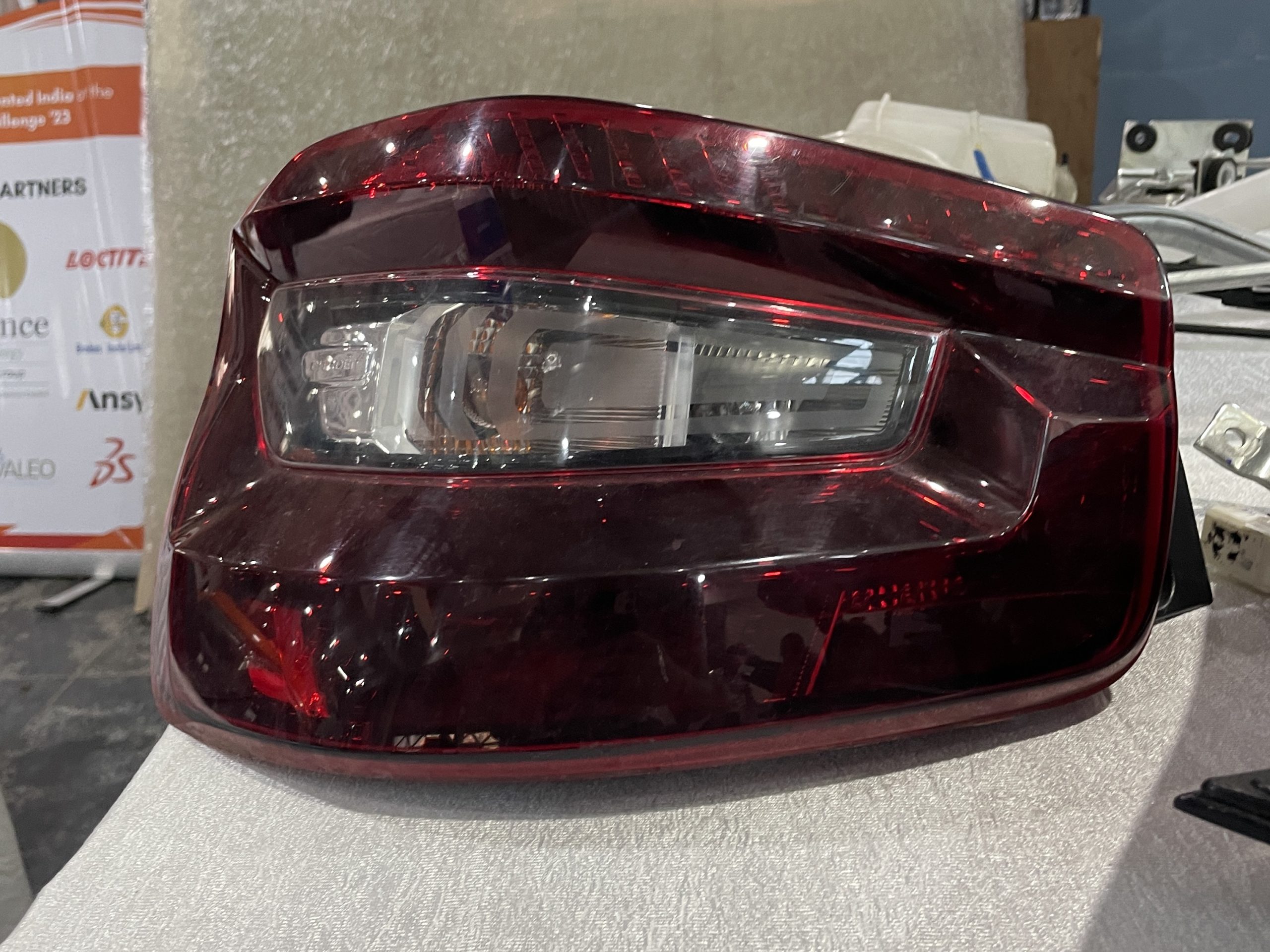
There were a couple of interesting things I learned while talking to the relevant engineers at the lighting department (headlights and taillights).
Firstly, the design of the headlights and taillights generally has a cost associated with them. If you decide to go for a halogen-based lighting system, you can go with a bigger-looking taillight, as the halogens sit in a reflective environment around them to reflect the light everywhere, filling up the space.
If you go with LEDs, your primary cost is with the LED itself. Hence, you usually see short bursts of LEDs or an overall smaller assembly. This, along with other reasons, could be why the C3s taillights are physically larger compared to the Punch’s taillights.
Another consideration of cost is the material used in these lights. As it turns out, there are 2 plastic materials used between the headlights and taillights. The first one can support a reflective coating on top of it, so we can save costs by directly moulding the pattern onto the housing and adding the reflective coating on top instead of adding another reflective panel inside the housing like how it is usually done.
However, this material is brittle (does not bend under load), so if you use it in the headlights, it will break, as headlights undergo a lot of force from the wind. Another stronger, more bendable material is used, but this requires a reflective panel inside it, so the cost is justified.
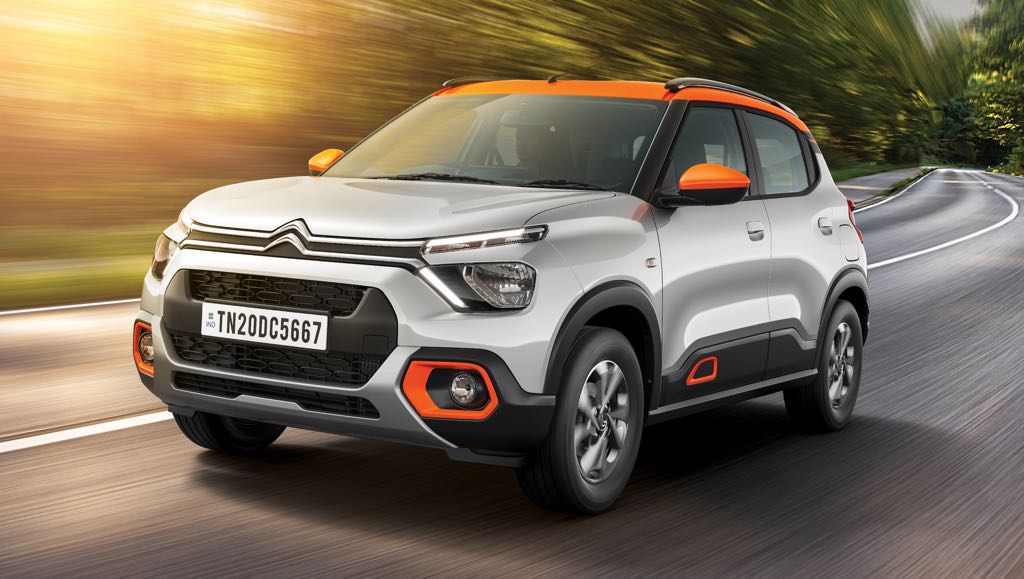
Finally, there is the cost vs identity tug of war. This is best visible in the DRLs and headlamps. Thanks to the Punch and pretty much every other car in the price segment, split DRLs and headlamps have become the norm. Citroen has a design identity, which differentiates it in this market.
The design identity for the C3’s exterior is definitely the front fascia. The way the Citroen logo blends into the grille, leads into the DRLs and the headlamps.
However, judging by whatever we have seen till now, where even a Rs. 10 shave in production costs leads to major savings when scaled up, this is a bit of a lavish spend. To have 2 DRLs split across 2 housings and have them communicate with each other as to when they should be on/off.
This is the team’s decision to spend more to differentiate themselves visually from the others.
Tata puts their logo everywhere
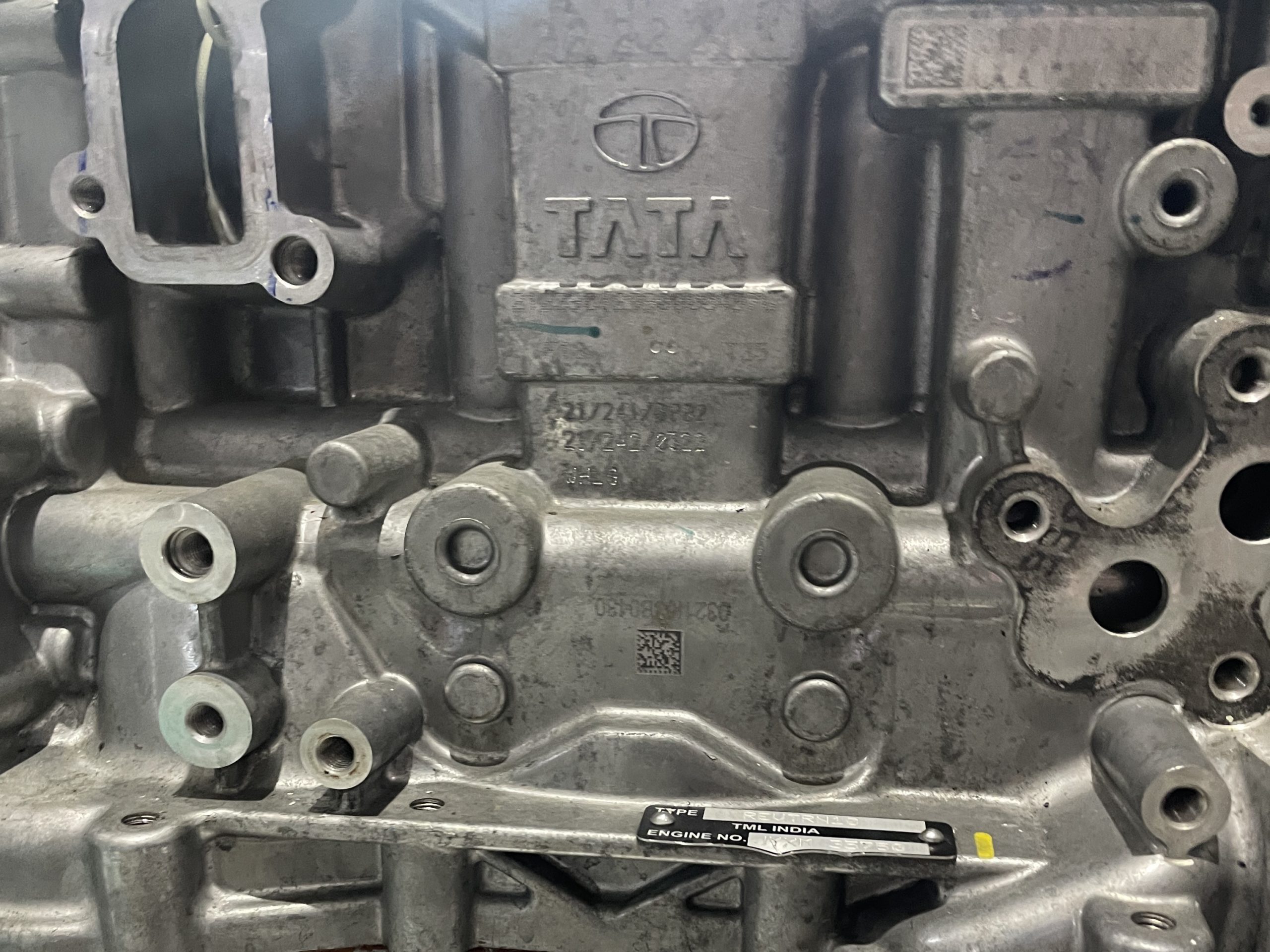
This is a very left-field observation; however, what I noticed is that Tata puts its logo everywhere. And by everywhere, I mean it.
Right from the engine block, to the plastics, to every possible part. Even Citroen has the PSA logo, however, it is not as prevalent as what I saw with Tata.
It reminded me of Apple and how they go through the trouble of lasering their logo on top of every chip inside their phones, despite knowing that 99% of owners will never see them. If it’s purely just due to pride, it’s a lovely thing to see.
On a side note, these 3-cylinder engines are very small. Never really imagined the footprint to be this small. It is basically the size of 2 shoe boxes stacked on top of each other.
Miscellaneous
These are not necessarily exciting things, but just cool images I got. So enjoy!
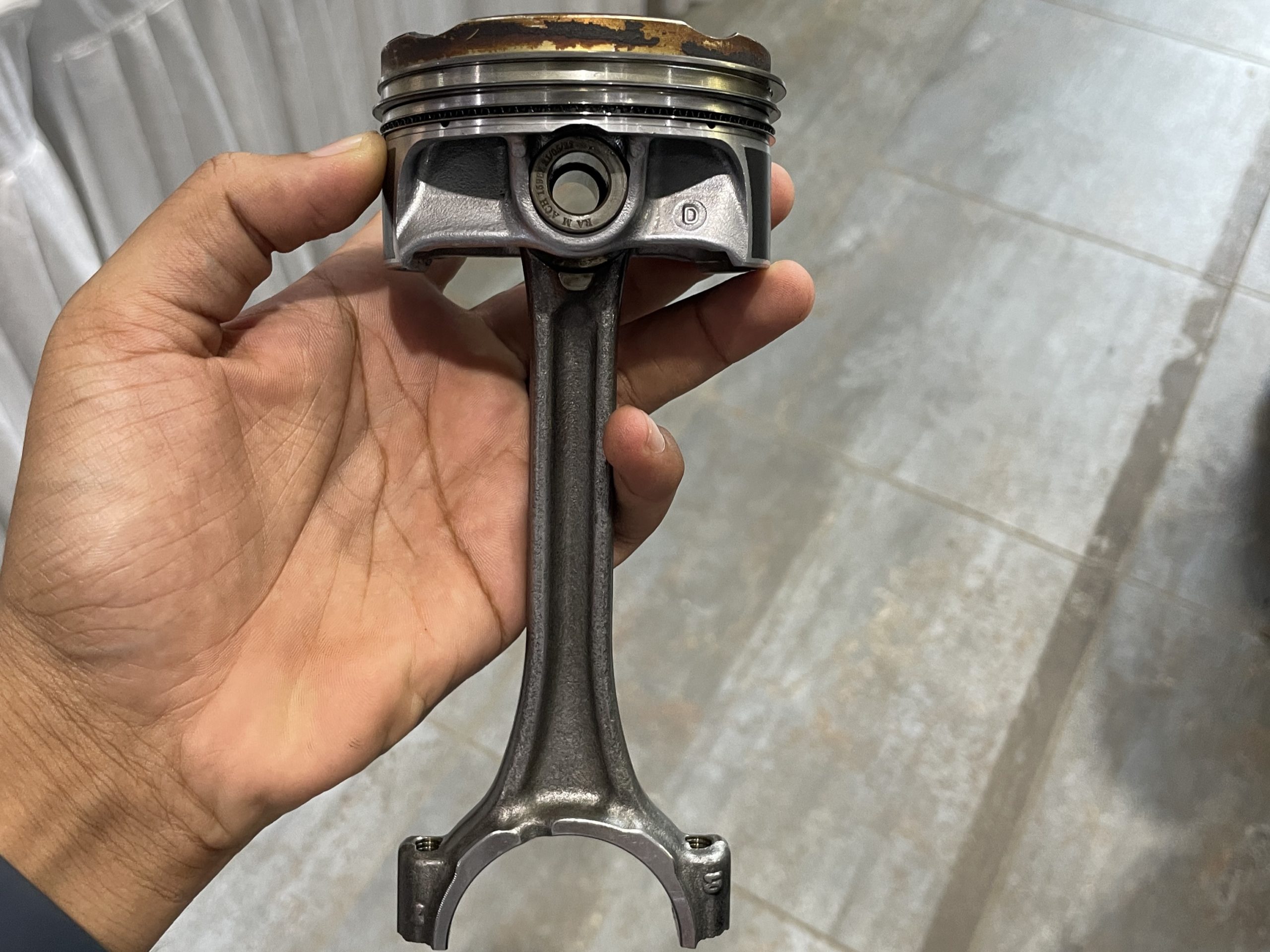
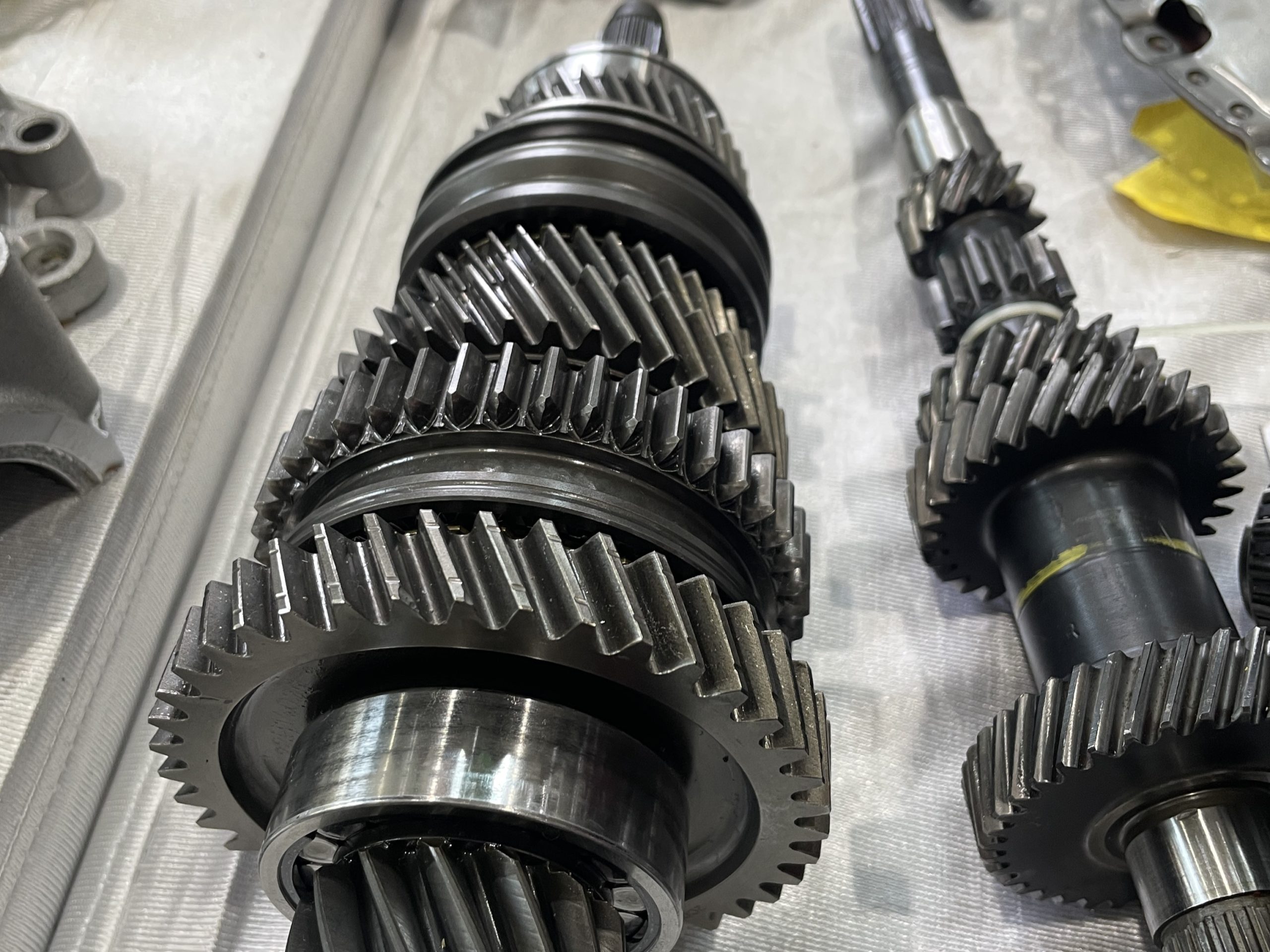
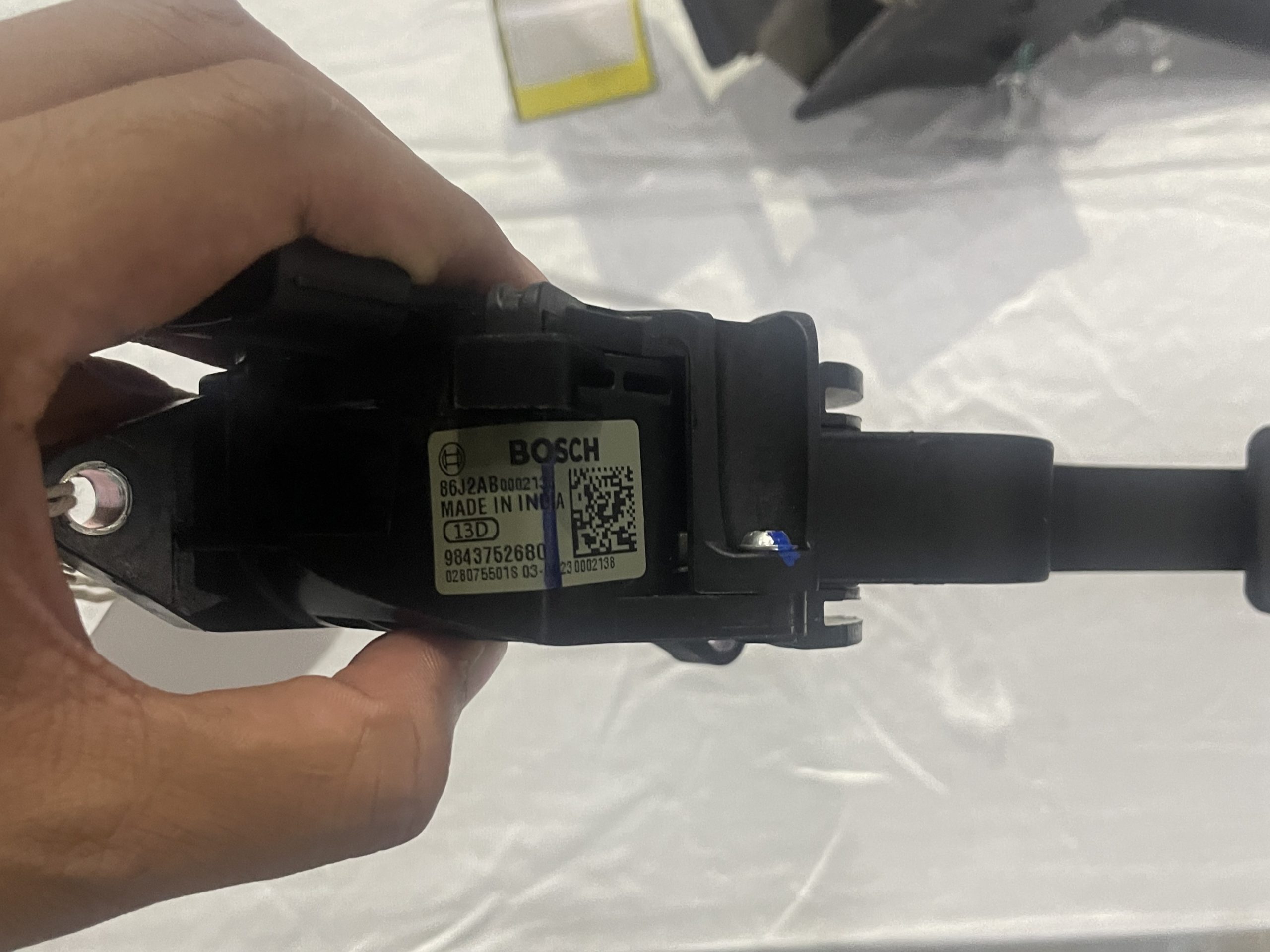
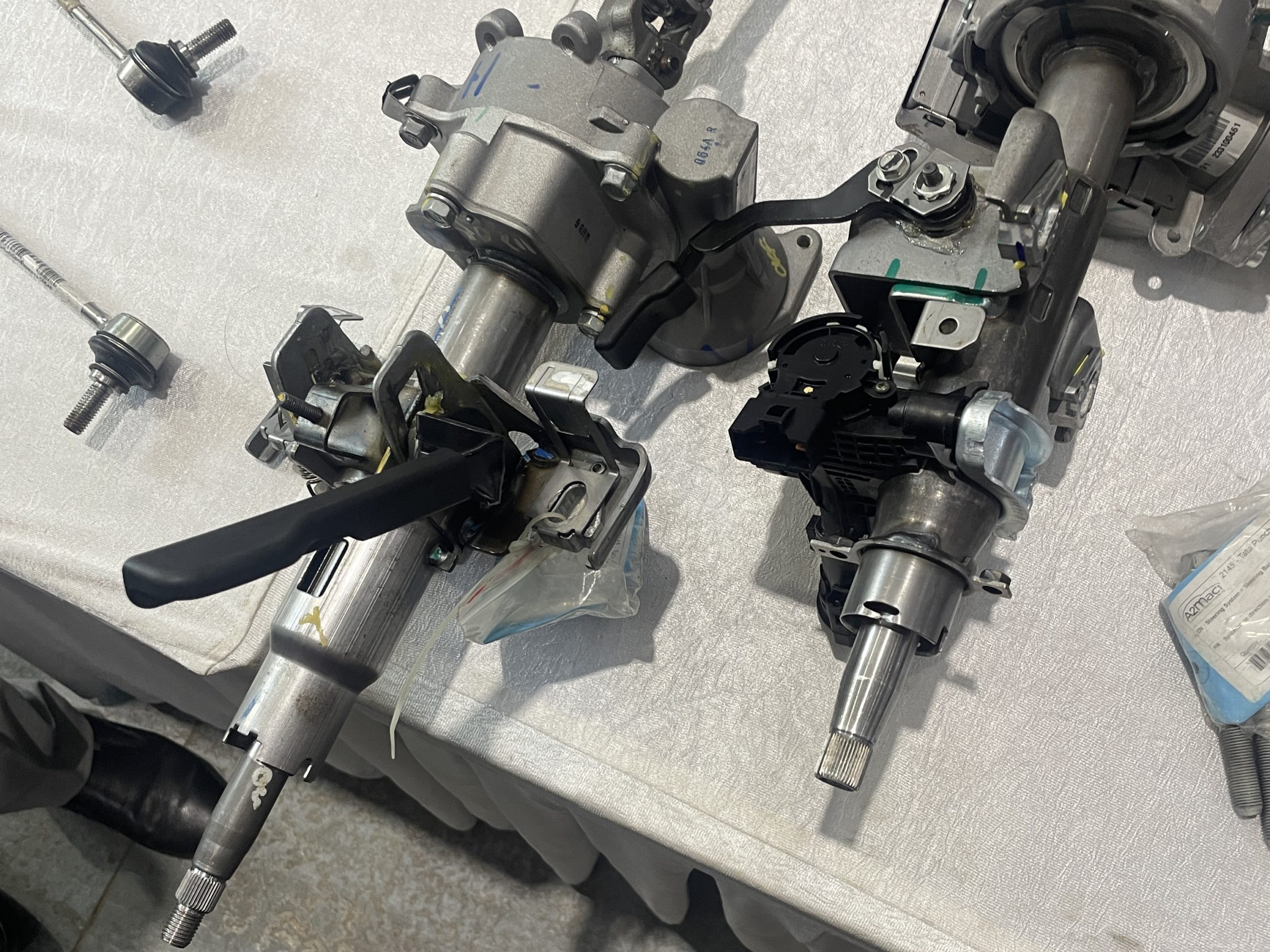
The next page talks about the big picture and concludes this piece:


